Bringing Past To Present
History : The 1983 Video Games Crash
Seeing as the world as we know it appears to be collapsing around our ears, it seems fitting that this week RetroBear looks back to 1983 and how the home video games market literally imploded. A tale of blood, tears and unsold cartridges follows…..
I have always found history to be a fascinating subject. Upon my travels and trawls through retro gaming, I came across the Video Games Crash of 1983. At the time I would have been 7 years old and more interested in Marmite and Lego as to why a company such as Atari entered meltdown. It’s a fascinating lesson that had repercussions for the rest of the world and was something that took a number of years to recover from.
When the Atari 2600 was launched, it offered a home games system with simple plug in cartridges, and the games that while not pretty to look at or pleasing on the ear in terms of sound allowed people at home the chance to play games on their TV. That was in 1977 and Atari had the entire market to themselves.
Almost immediately, and over the course of the next 5 years, consoles such as Intellivision, Vectrex, ColecoVision and many others were released into the same market. Now, as we all know, there is nothing wrong with a bit of healthy competition. By 1982 there were so many similar consoles competing for share that Atari felt it would be best to launch the 5200, which was an update to the 2600. All of a sudden Atari was reflooding the market with their new machine (which turned out to be a total stinker of a console and there might be an article in that somewhere down the line)
More telling was Activision’s victory in 1979, gaining recognition for third party developers. Here was a group of programmers working for Atari who wanted credit recognition on their work. Atari refused, so they split and formed Activision (a company still going but very far removed from the one it started out as). Atari challenged this but failed to win a restraining order, and by 1982 third party software development – titles being launched by anyone who could make a programme without the need or permission of the manufacturer – could do so. This is what we would class as Homebrew gaming.
This in turn led to an increase in games and a massive downturn in quality. All of a sudden games were made to cash in on popular products, such as Quaker Oats and Purina Dog Food. The infamous “sex games” were launched on another label, catering for the XXX market which was a far cry from where gaming had begun. In the space of 5 years the market was now greatly saturated and consumers had so much choice that cracks began to appear in the industry.
It is said that 2 games titles for the Atari 2600 tipped the games market into a full blown crash – PacMan and ET on the Atari 2600. Both games were over produced, both games were rushed into production, both undersold and a result of this is that unsold copies of the games were deposited in a New Mexico landfill where they were smashed up and then concreted over.
By June 1983 the games market was now viewed as something not to be associated with. Toy shops and retailers began mass discounting and stock disposal of unsold items and when Atari announced only a 10% profit increase against an expected 50% profit increase, the value of Warner Communications – the owners of Atari – crashed by 65% in the space of 2 days.
It wasn’t until Nintendo launched the NES in 1985 and, shortly afterwards, Sega launched the Master System that the console market and computer games began to win confidence once more. Sega ensured that there would be no repeat of the market being flooded with poor quality titles by allowing developers to sign their agreement and get their credit. Nintendo only released their titles with an official “Seal of Quality” and a unique chip which would only allow a cartridge with that inside it to function on the NES. As a result the market slowly grew again before the console war erupted in the early 1990’s.
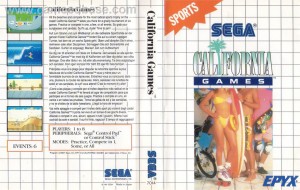
Notice Sega's name on the box but also the name of Epyx, the developer licensed by Sega to produce the game for their Master System
I don’t buy into the argument that the home computer market – the Spectrum and Commodore ranges and titles that were available – contributed to the demise of the original cartridge based consoles. At the time that particular market was only just beginning and it wasn’t until 1984 at the earliest that the Spectrum 48K and C64 actually began to make an impression. Home computers were still vastly expensive back then compared to the price of a console. The console market would rise again and actually begin to kill off home computing as we reached the 1990’s.
With established names like Sony, Microsoft and the old warhorse Nintendo now in total control these days, it’s hard to see if anything like the saturation point of 1983 will ever be reached again. I very much doubt that will be the case, especially as Sega now simply develop games and have done for many years. The market is buoyant and very profitable and will remain so for many years to come, but how different things were in 1983 when the market collapsed and games were considered nothing more than a fad.
| Print article | This entry was posted by RetroBear on March 13, 2011 at 10:13 am, and is filed under Everything Else. Follow any responses to this post through RSS 2.0. Both comments and pings are currently closed. |
Comments are closed.
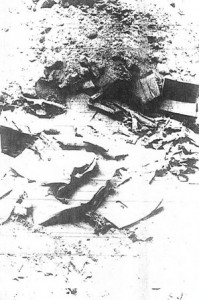
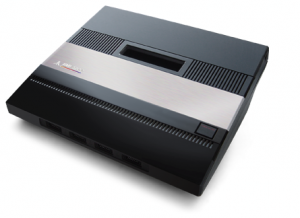
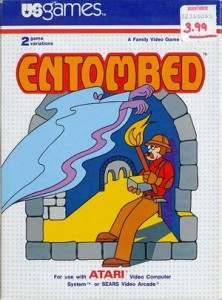
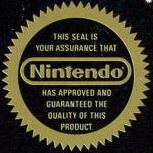










about 13 years ago
Having never owned a console during my childhood, always opting for a machine that could play games AND perform as a computing platform, I was fortunate enough to have never been affected by the console crash of the early 80s.
Not sure I missed anything though. Those NES games look kinda arse tbh 😉
The Landfill rumour has been doing the rounds for a while now, but Snopes believe it to be true
http://www.snopes.com/business/market/atari.asp
If only those guys who left Atari to found Activision had written that at no point should Bobby Kotick ever be allowed to take charge *shakes head in disgust*
about 13 years ago
I am much too young to remember the likes of the great videogame crash (even younger than you RB), but it’s a reminder that you CAN have too much of something. I hope you’re listening Bobby, and also you Steve Jobs!